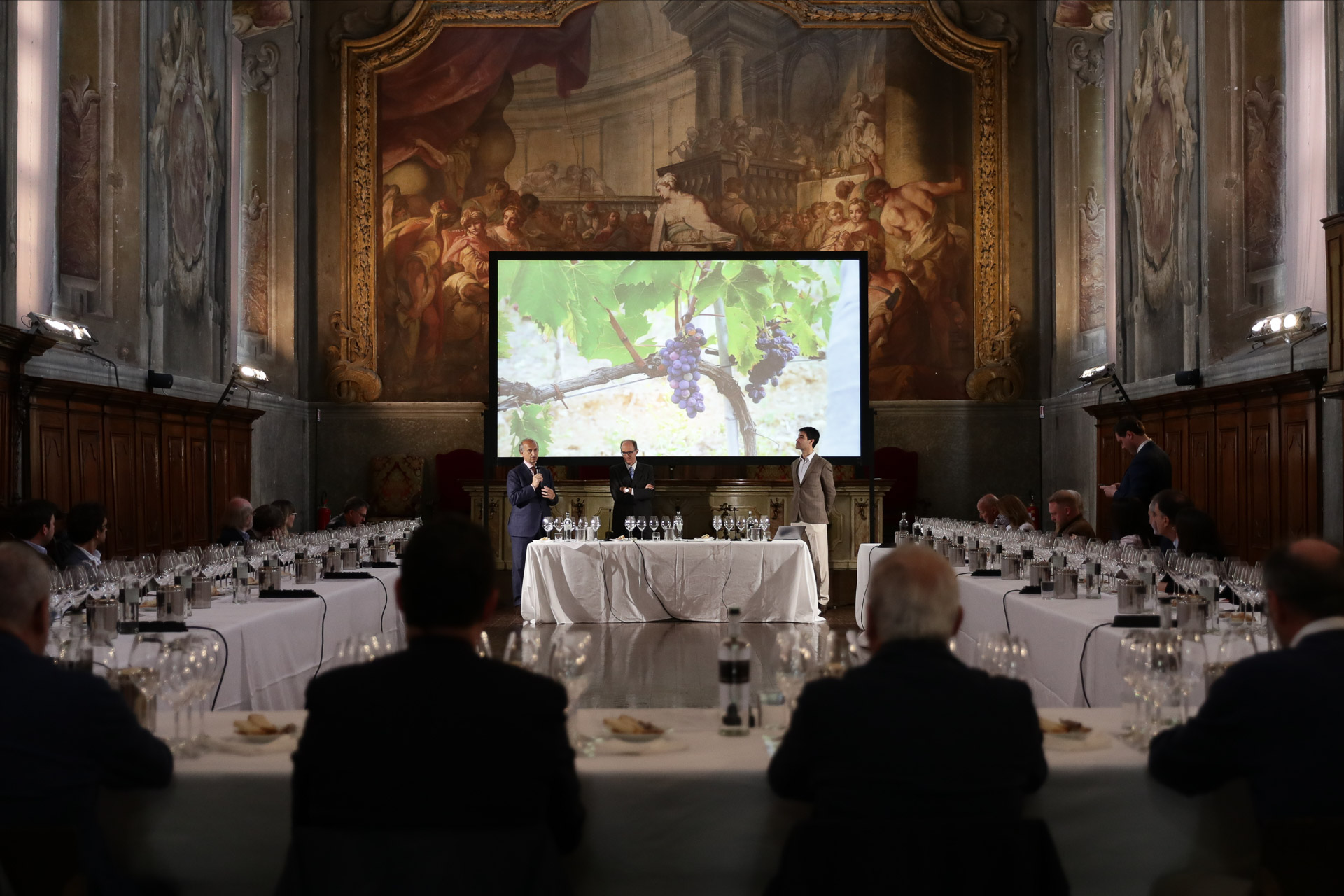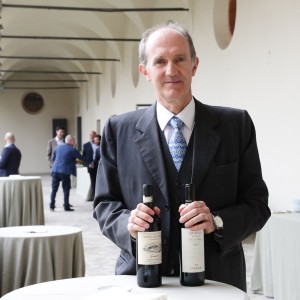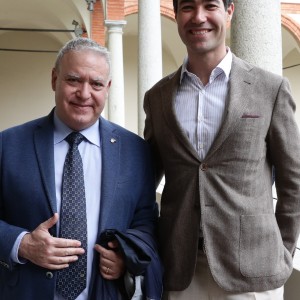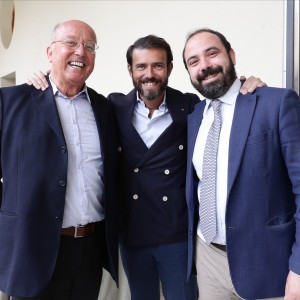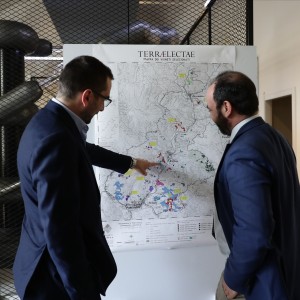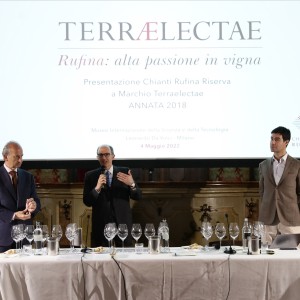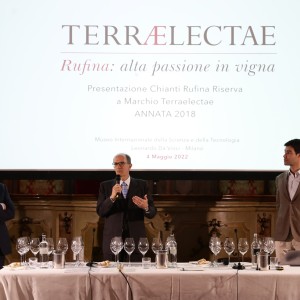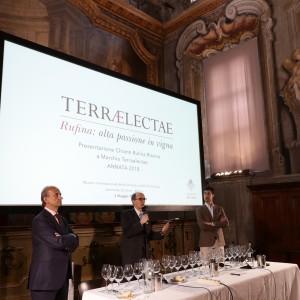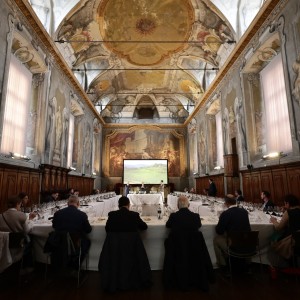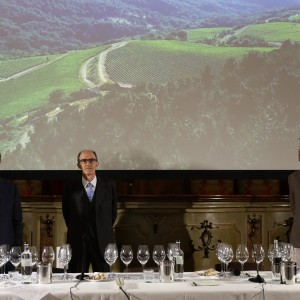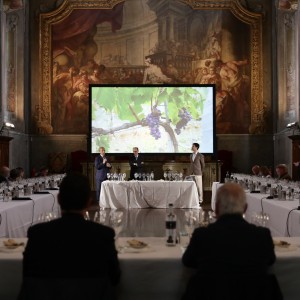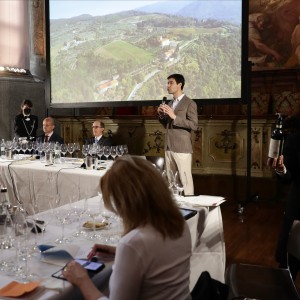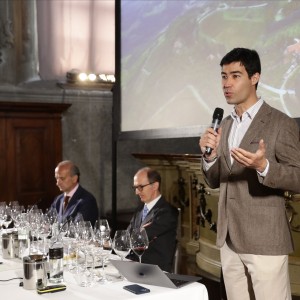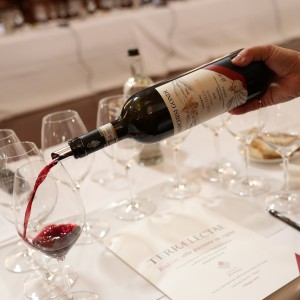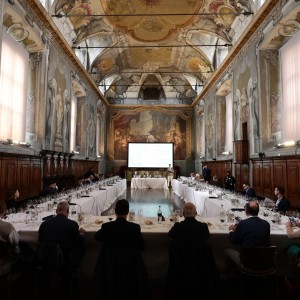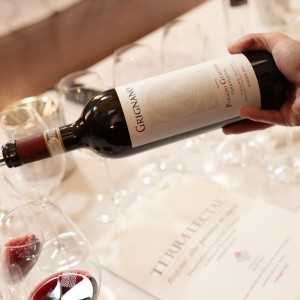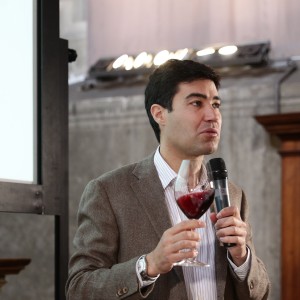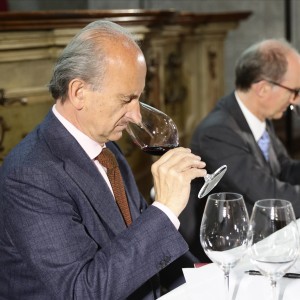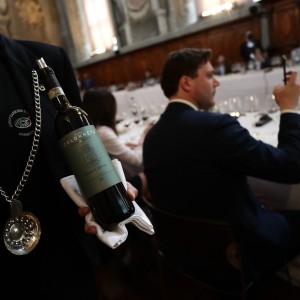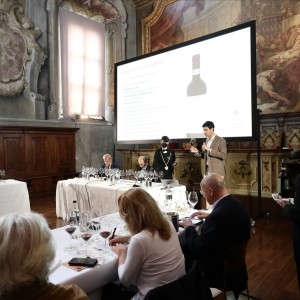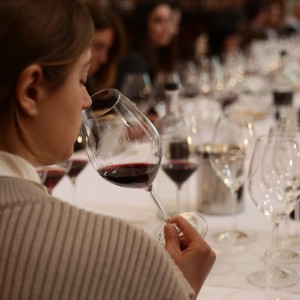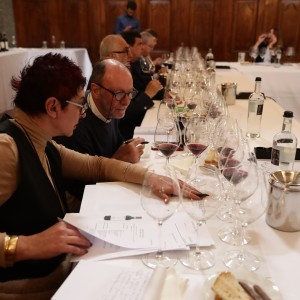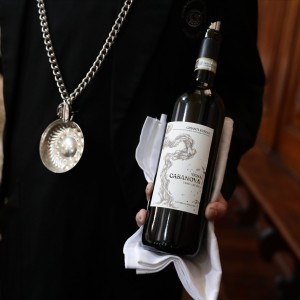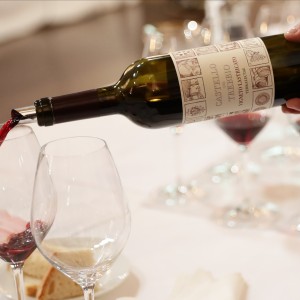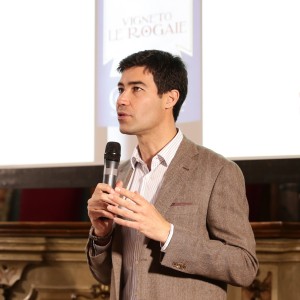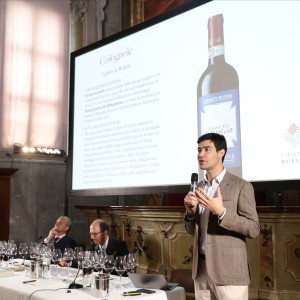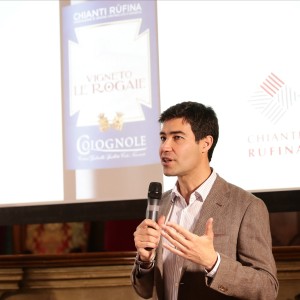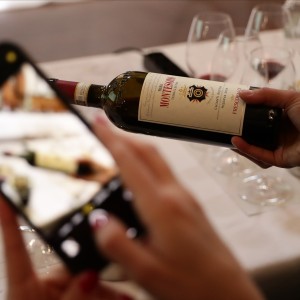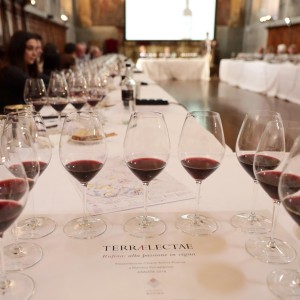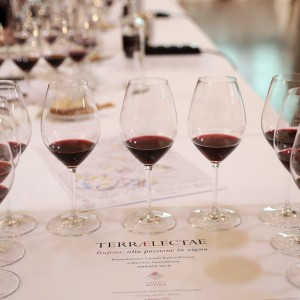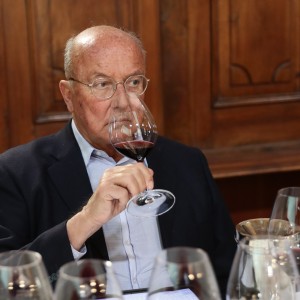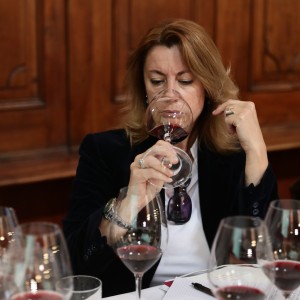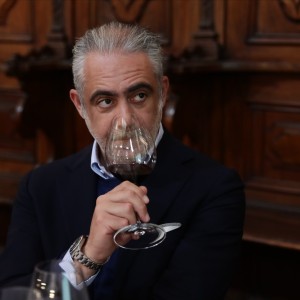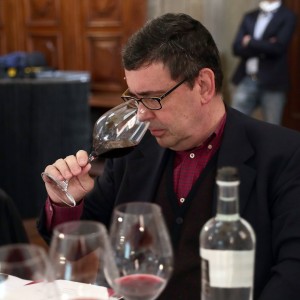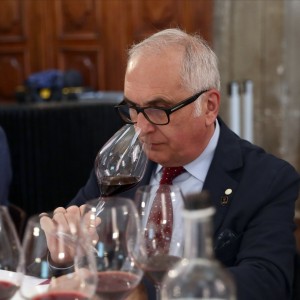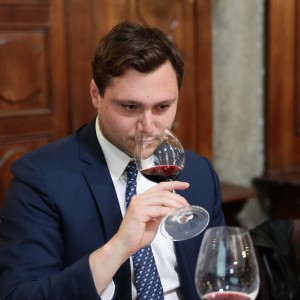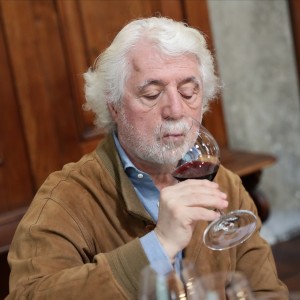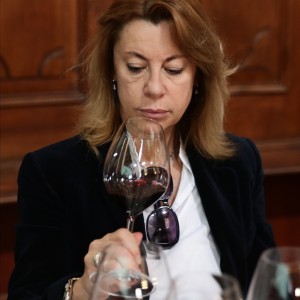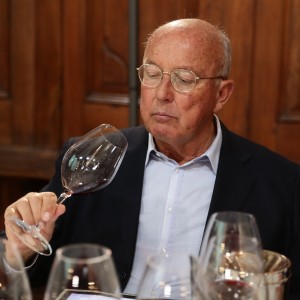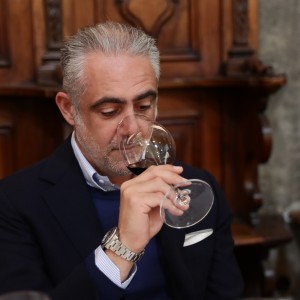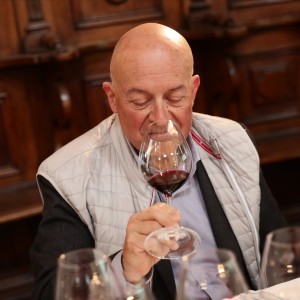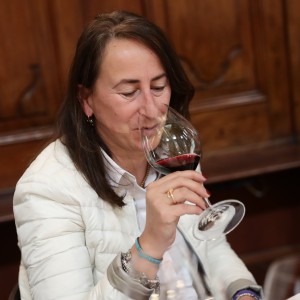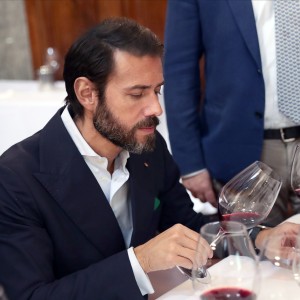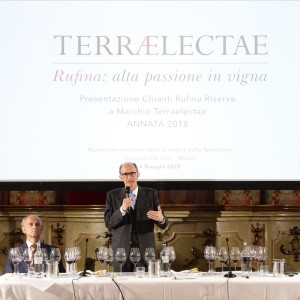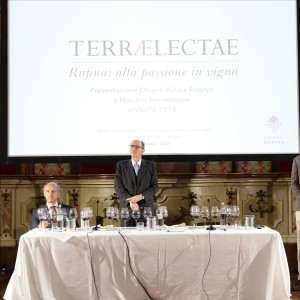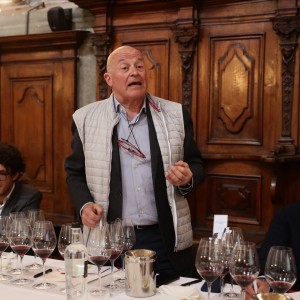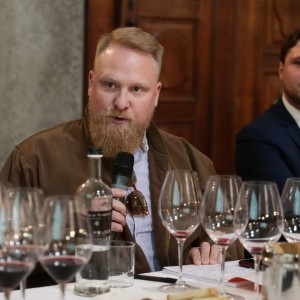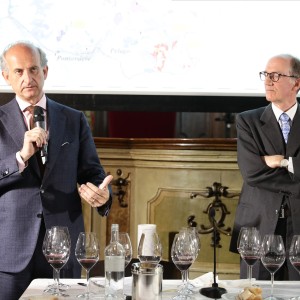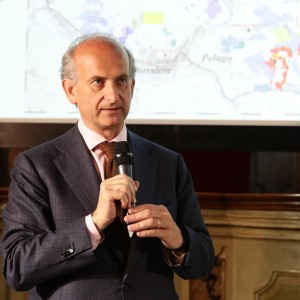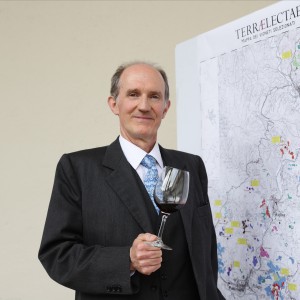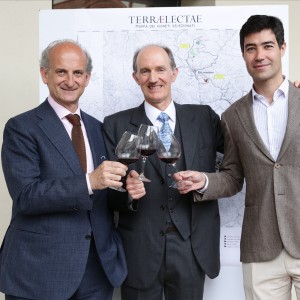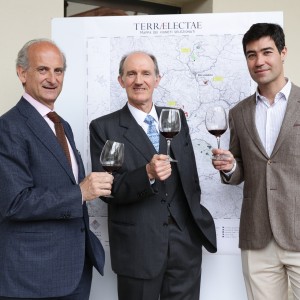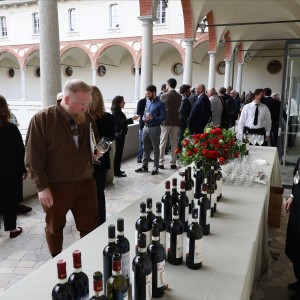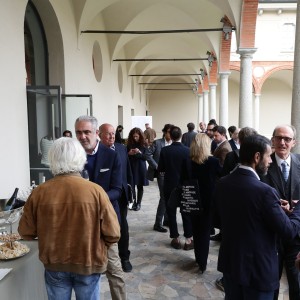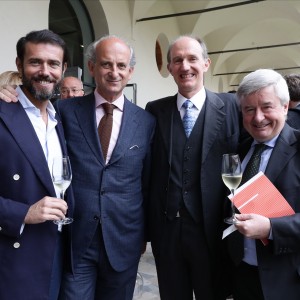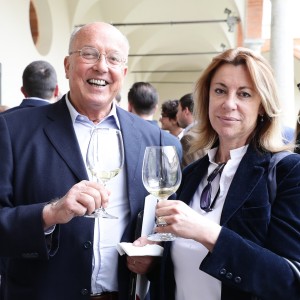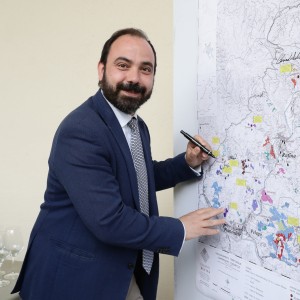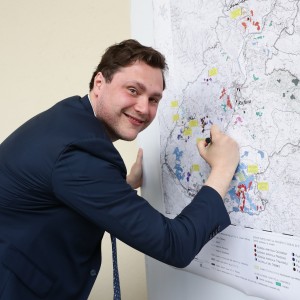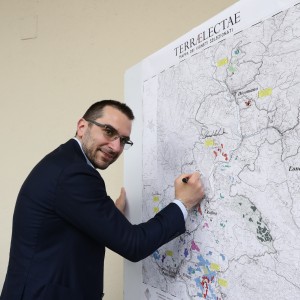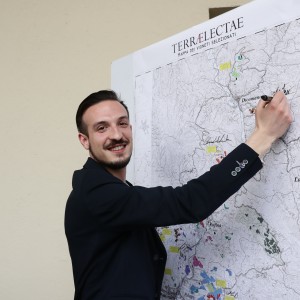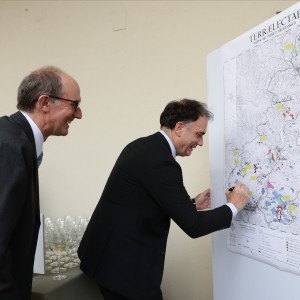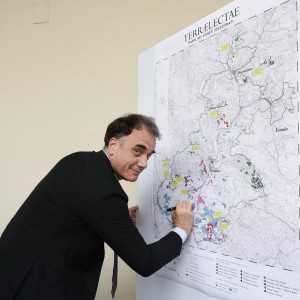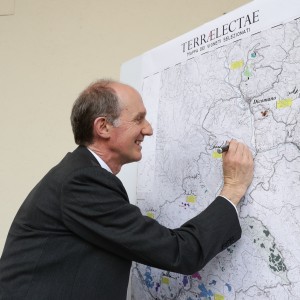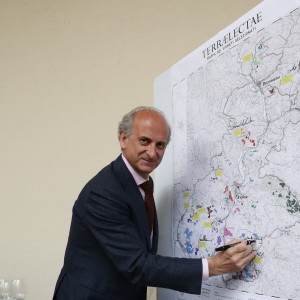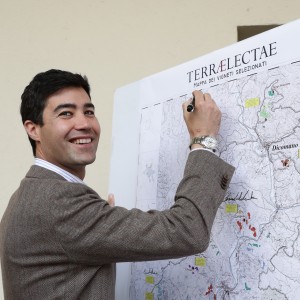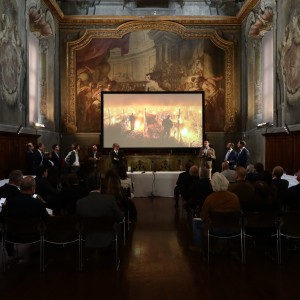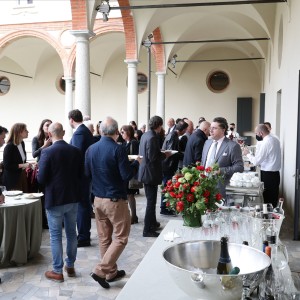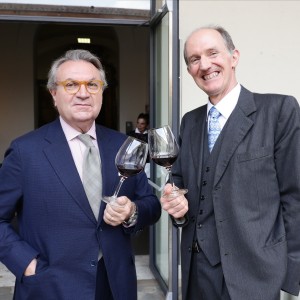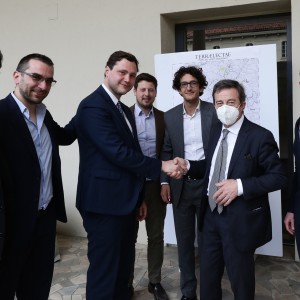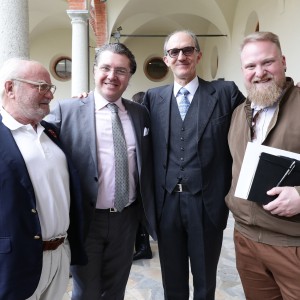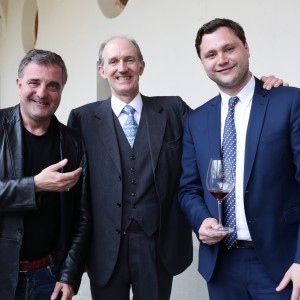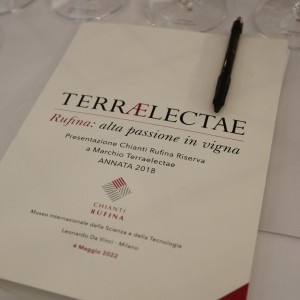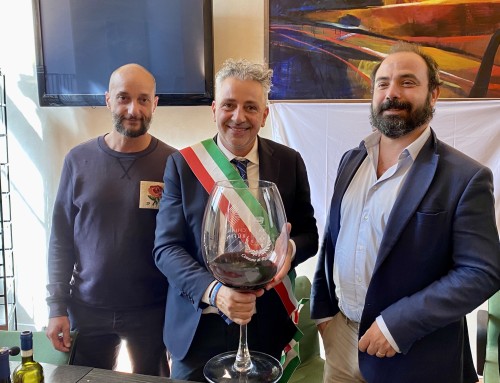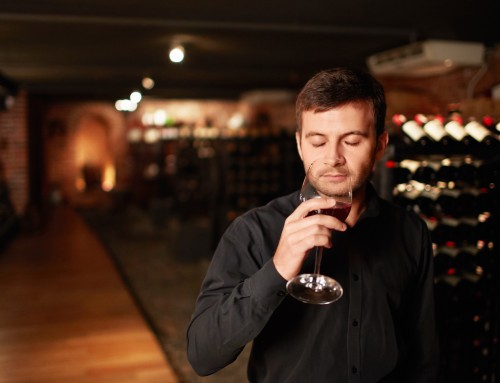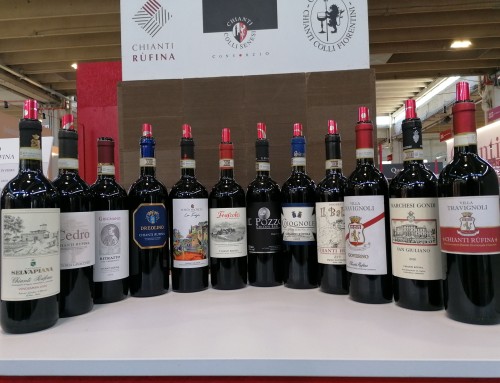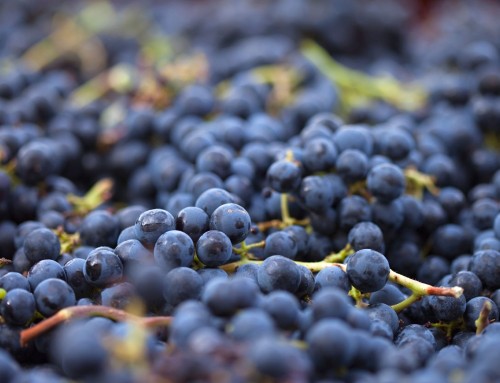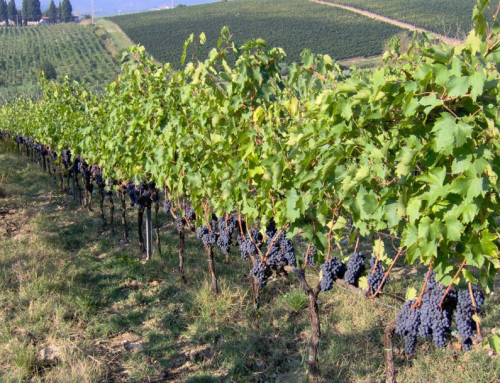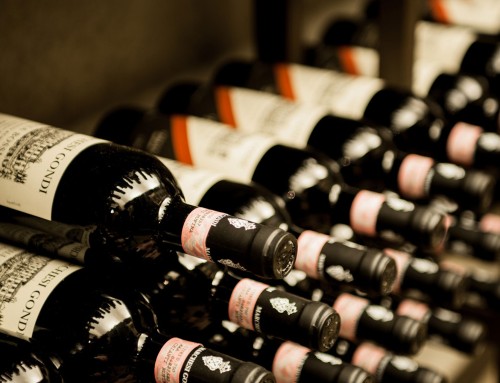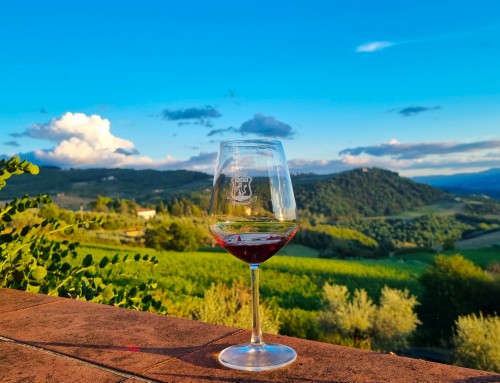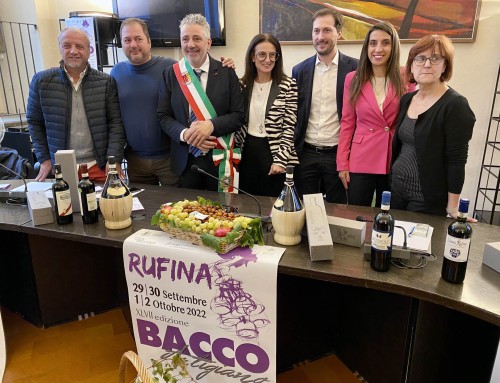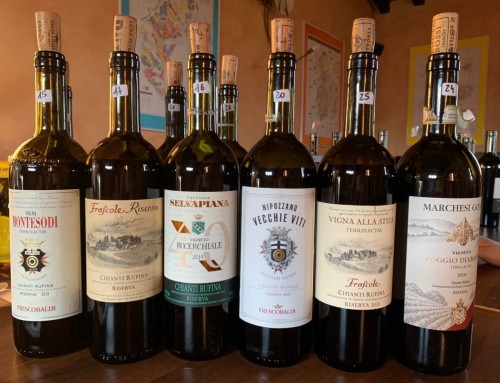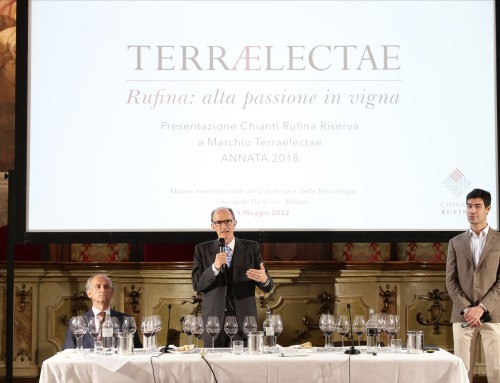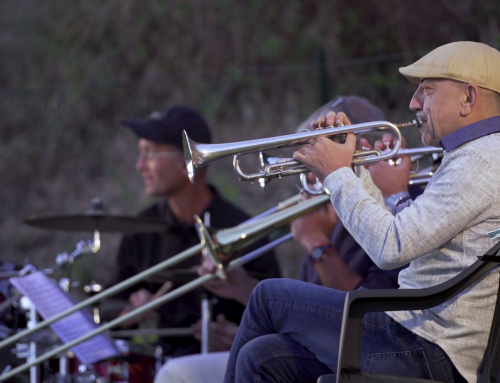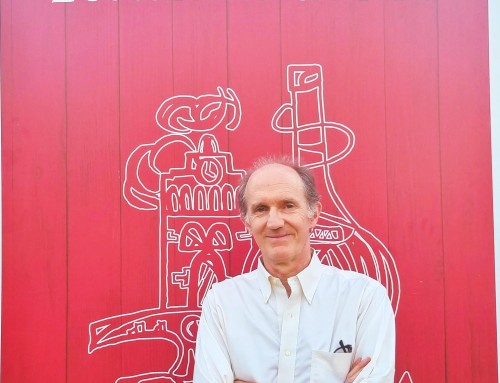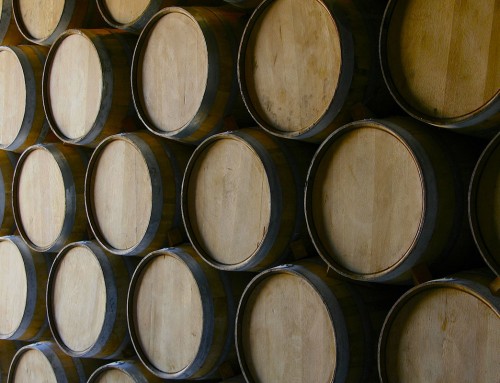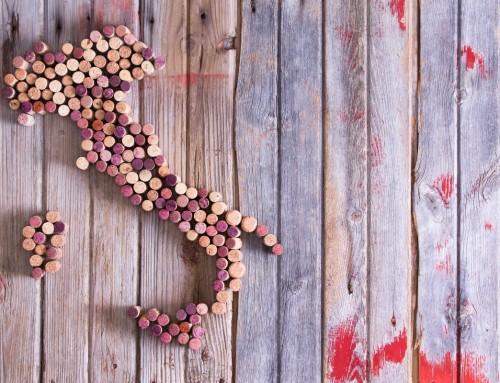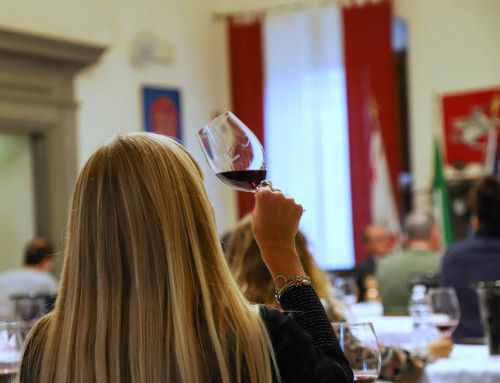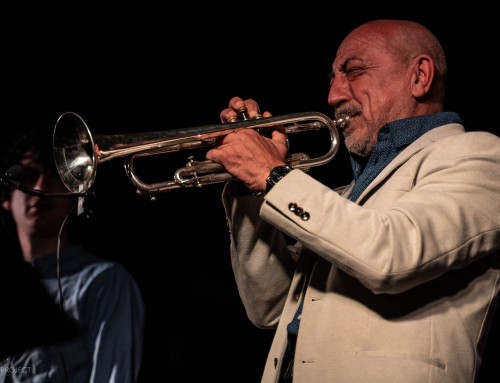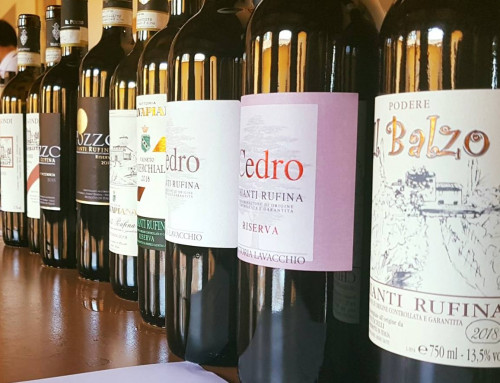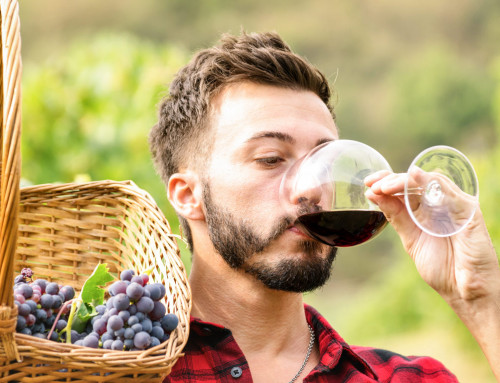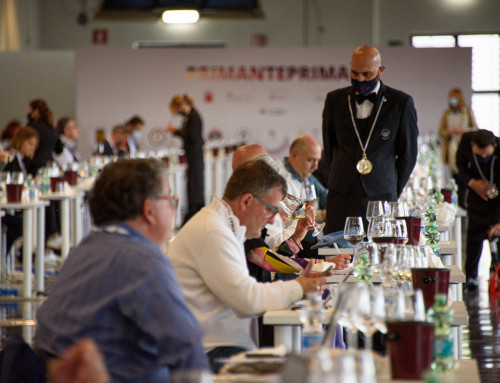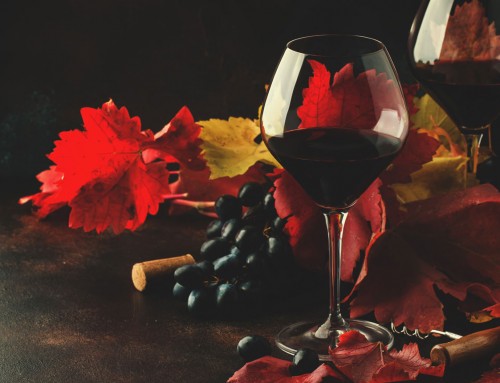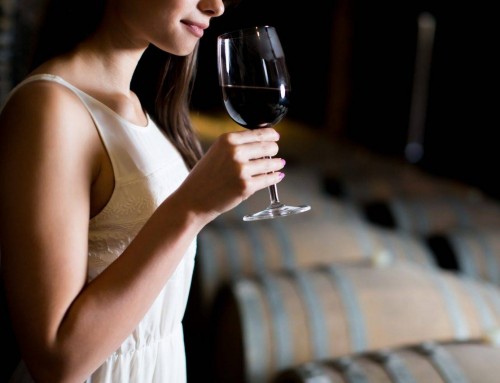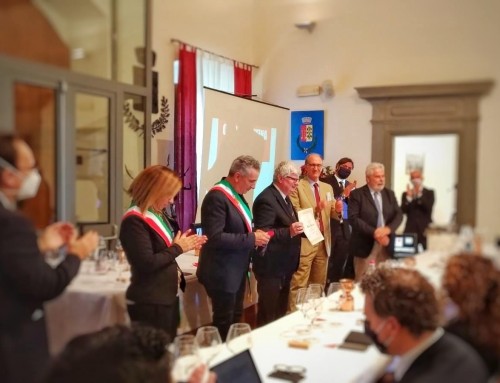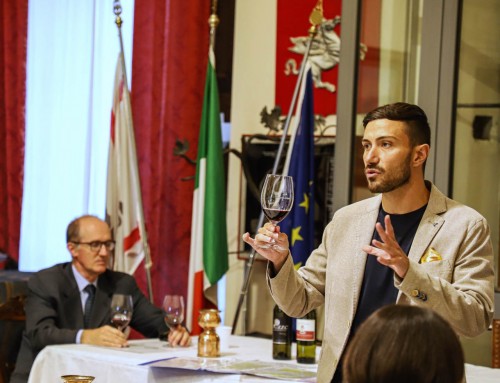Terraelectae, the voluntary collective brand of the majority of producers of the Chianti Rufina Consortium, was presented
The Chianti Rufina Consortium has chosen a place that is highly representative of culture because the wine itself is an expression of culture but also of passion, craftsmanship and technique, to present its Terraelectae project. It was the Sala Cenacolo of the Leonardo da Vinci Museum of Science and Technology in Milan that brought together for a day most of the Consortium producers together with the most qualified press in a tasting led by the Master of Wine Gabriele Gorelli, the first and only Italian to boast this important and authoritative title. Together with him, Cesare Coda Nunziante, president of the Consortium and Lamberto Frescobaldi, new president of Unione Italiana Vini and producer himself celebrated their debut. 9 Chianti Rufina Riserva 2018 produced by 9 of the 13 companies that joined the project were presented. But why this project?
The ancient Romans set great store by the concept of Genius Loci, an individual place’s complex of characteristics that were embodied in a creative symbiosis with those who lived in that spot, regarded as a divinity who protected the authenticity of an area and ensured a serene existence and prosperous work.
Centuries later, in the context of viticulture, the French created the term terroir, or the unique, literally one-of-a-kind complex of elements such as soil, climate, microclimate, the grapevine, and, in particular, the experience and wisdom of man, all of which combine together to yield a product of inestimable quality that must reflect, and solely conveys, that and only that locus. This concept led to the formation of winegrowing areas such as Bordeaux, Burgundy, Champagne, and the Rhine, and in Italy of Barolo and Chianti.
But part of the essence of man is never to be fully content, and to strive to plumb reality around us in ever more detail. Thus, the French created the concept of cru as well, an outstanding vineyard within a particular zone, a micro-zone endowed with even more “special powers,” a kind of super genius loci whose qualities generate an extraordinary wine, absolutely without peer and irreplicable elsewhere.
Chianti Rufina is a very distinctive environment, lying between the valley of the Arno river and the Mugello. It is traversed by the Sieve river, but it is mainly impacted by the Tuscan-Romagna Apennine mountain chain, the true genius loci for this district, which exercises its influence in a significant manner in terms of the climate. The mountains act as shields and barriers that in some areas channel the air currents, trap excessive rainfall, moderate high temperatures, and redistribute everything
over time and through the seasons. Soil composition is fairly uniform on the two banks of the Sieve, while elevations vary, ranging from low-hillslope terrain up to vineyards at 700 metres, the highest level permitted by the Production Code. The most predominant and influential element of the area, however, is exposure, which creates microclimates for each vineyard. Whereas the Flemish Giusto Utens created ingenious birds-eye views of all the Medici villas, including Il Trebbio, today’s aerial
drones can offer precise photos of the vine-carpeted vineyards, which clearly show their sun-kissed, well-ventilated, airy character, just as refined and elegant as the wines they yield. The uniqueness of these wines lies, too, in their ability to age and develop over significant periods of time, effectively demonstrated in a recent tasting of 1980 vintage Chianti Rufinas. Longevity is a quality one closely associates with wines for collections and for investment—in a word, with wines that are fully
world-class.
All of this explains how Chianti Rufina is part of the overall Chianti zone, but with particular characteristics that merit examination and appreciation, in-depth and specifically-designed, metre by metre.
This is the reason for creating the TERRAELECTAE mark: on joining this collective production entity, each producer identifies his “iconic vineyard,” that exceptional parcel within his estate vineyards in which Sangiovese expresses its classic characteristics in the most eloquent manner possible, to the highest degree, and in the most consistent fashion, year after year. Those grapes are vinified as a Chianti Rufina Riserva, in full respect of the Production Code, and the resultant wine is then granted the
distinctive Terraelectae mark.
The attention paid to the growing area is thus total and uncompromised. What counts is the vineyard, with its unique site and its grapes, the object of near-obsessive care. The project envisions a precise and distinctive style for the Terraelectae wines, one that over time, vintage after vintage, with the
winegrowers’ expertise and experience deepening with each harvest, will mirror ever more compellingly their source vineyards and ever less their process of vinification.
The objective of Terraelectae is that it become a mark with a strongly-expressed identity and recognised seal of assured quality, one that clearly showcases the nonpareil quality of the Rufina Apennine winegrowing zone, proud to have produced for so many centuries such elegant, long-lived wines.
“The Consortium – recalled Coda Nunziante – is proving to be strongly united on the vision of pure Sangiovese. A niche that represents 55 thousand bottles compared to the more than 3 million of the denomination. A certainly high market positioning where producers are concentrated on the vineyard with its unique position and its grapes, with maximum attention to the territory “.
Download the press release in pdf format
The Press Review
- Terraelectae, high passion in the vineyard – Toscana & Chianti Magazine
https://www.toscanaechiantimagazine.com/it/terraelectae-alta-passione-in-vigna/ - Rufina launches Terraelectae, stop at Chianti Gran Selezione – Il Sole 24 ore
https://t24.ilsole24ore.com/art/rufina-lancia-il-marchio-terraelectae-stop-alla-gran-selezione-per-il-chianti - Chianti Rufina: Terraelectae is born, the “collective” vineyard emblem of the territory – Italia a Tavola
https://www.italiaatavola.net/vino/cantine-consorzi/chianti-rufina-nasce-terraelectae-vigna-collettiva-emblema-del-territorio/86546/ - Terraelectae, the culture of a territory in the glass – BeBeez
https://bebeez.it/arte/terraelectae-la-cultura-di-un-territorio-nel-bicchiere/ - Terraelectae is born, the cru of Chianti Rufina – Firenze Made in Tuscany
https://www.firenzemadeintuscany.com/it/articolo/nasce-terraelectae-cru-chianti-rufina/ - Rufina, Tuscan pride and high passion in the vineyard – Il Golosario
https://www.ilgolosario.it/it/rufina-orgoglio-toscano-e-alta-passione-in-vigna - Terraelectae, the wine ambassador of culture (first part) – BeBeez
https://bebeez.it/arte/terraelectae-il-vino-ambasciatore-della-cultura/ - Terraelectae, the wine ambassador of culture (second part) – BeBeez
https://bebeez.it/arte/terraelectae-il-vino-ambasciatore-della-cultura-seconda-parte/ - Terraelectae Rufina: Great passion in the vineyard – The Chic and Cool
https://thechicandcool.com/terraelectae/ - Terraelectae for Chianti Rufina – Food & Beverage
https://www.foodandbev.it/2022/05/terraelectae-per-il-chianti-rufina/ - Terraelectae is born, super reserve of Chianti Rufina – Il Sole 24 Ore
https://www.ilsole24ore.com/art/nasce-terraelectae-super-riserva-chianti-rufina-AEN1FvXB?refresh_ce=1 - Terraelectae: first vintage presented – Wine Confidential
https://www.wineconfidential.it/winery/terraelectae-presentata-la-prima-annata/ - Terraelectae: Thus Chianti Rufina enhances the genius loci – Agricoltura.it
https://www.agricultura.it/2022/05/12/vino-presentato-terraelectae-il-marchio-collettivo-volontario-della-maggioranza-dei-produttori-del-consorzio-chianti-rufina/ - Promised Land Terraelectae – Falstaff
https://www.falstaff.at/nd/gelobtes-land-terraelectae/
The images of the event
